Africa on the Move
Rivista Africa 13.05.2025 Redazione Translated by: Jpic-jp.orgA new report from the Internal Displacement Monitoring Centre (IDMC) sounds a grave warning: by the end of 2024, a staggering 83.4 million people worldwide were internally displaced within their own countries. This unprecedented figure, which has doubled in just six years and surpasses 80 million for the first time, is equivalent to the entire population of Germany. At the heart of this humanitarian crisis lies Africa, particularly sub-Saharan Africa, which hosts almost half of the global total.
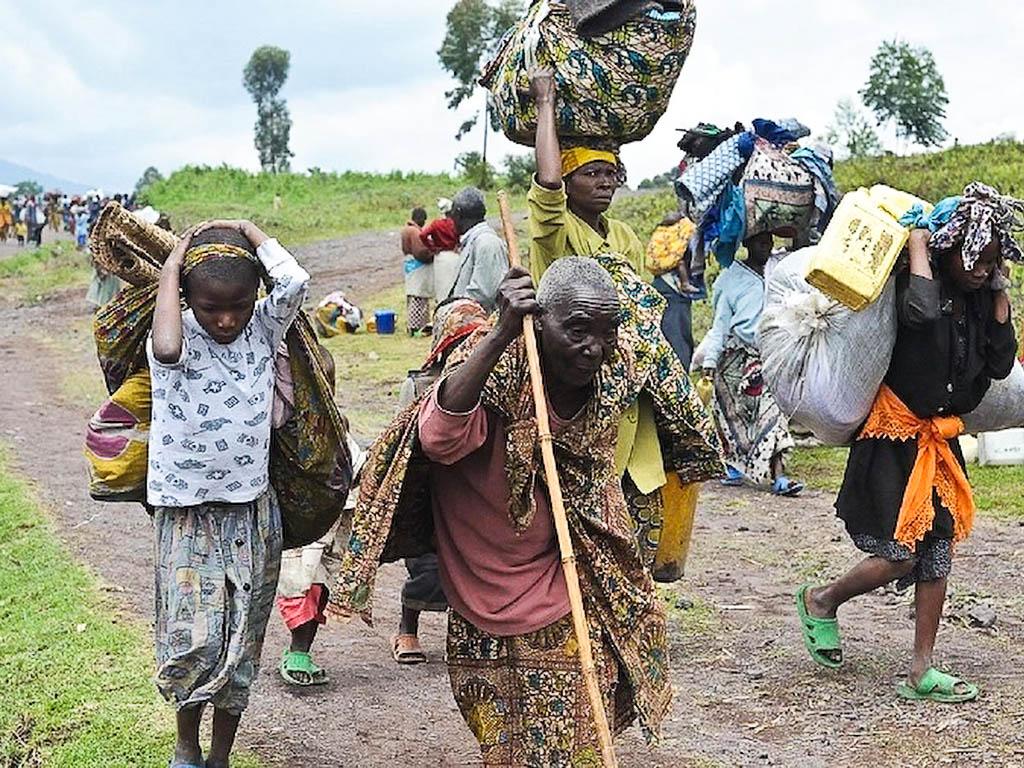
The IDMC’s Global Report on Internal Displacement 2025 paints a complex and deteriorating picture. Of the 38.8 million internally displaced persons (IDPs) recorded in sub-Saharan Africa at the end of 2024, an alarming 19.3 million were newly displaced that year alone – the highest number of new displacements recorded in any region of the world in 2024.
A Dual Emergency: Armed Conflict and Natural Disasters
Conflict and violence remain the primary drivers of displacement, responsible for 11.5 million new internal displacements in the region. The case of Sudan is particularly striking: with 11.56 million internally displaced persons, it now holds the highest number ever recorded for a single country, including 3.778 million new displacements in 2024 alone, all caused by ongoing hostilities.
Yet the crisis is further compounded by the growing impact of natural disasters. In 2024, disasters triggered 7.8 million internal displacements in sub-Saharan Africa — a record for the region. The climate emergency is manifesting most starkly through flooding, which accounts for approximately 85% of these movements.
A Dangerous Convergence
A particularly alarming finding in the report is the overlap between conflict and disaster-driven displacement. All 23 sub-Saharan African countries that reported conflict-related displacement in 2024 also experienced disaster-induced movements. This simultaneous layering of crises not only worsens living conditions for those already displaced, but often forces repeated displacement, trapping individuals in a cycle of vulnerability and instability.
The Hardest-Hit Countries
Beyond Sudan, the humanitarian outlook is dire in several key countries.
In the Democratic Republic of the Congo (DRC), 6.215 million people were internally displaced due to conflict by the end of 2024, with 5.333 million new displacements recorded over the course of the year. Added to this were 681,000 people displaced and 750,000 new movements triggered by disasters.
Together, Sudan and the DRC accounted for nearly 80% of all conflict-related displacement in sub-Saharan Africa in 2024.
In Nigeria, 3.359 million internally displaced persons were recorded due to conflict, alongside 350,000 displaced by disasters by the end of 2024. The northeastern Borno State alone hosts nearly half of the 3.4 million conflict-displaced people. In 2024, there were 295,000 new displacements due to violence and a staggering 1.245 million due to disasters.
Chad presents a distinctive case: while 383,000 people were displaced by conflict, the country recorded 1.16 million displaced and 1.325 million new movements due to disasters — primarily flooding, for which Chad holds the highest displacement figure in sub-Saharan Africa in 2024.
The Other Side of the Crisis: Strain on Host Communities
The crisis extends beyond those who are displaced. Host communities are bearing a heavy burden — overstretched resources, social tensions, and increasingly limited access to essential services such as water, food, and healthcare.
Although humanitarian aid remains vital, it is frequently hampered by insecurity, logistical challenges, and the sheer scale of needs. Reaching millions of mobile individuals, ensuring their safety, and providing sustained support is an immense logistical and financial challenge for humanitarian agencies and local governments — particularly amid significant funding cuts from international donors.
Beyond the Emergency: Building Long-Term Solutions
“These latest figures show that internal displacement is not only a humanitarian emergency; it is a clear political and development challenge that demands far more attention than it currently receives,” warns Alexandra Bilak, Director of the IDMC.
Addressing this multifaceted crisis requires a long-term, multidimensional approach. This means not only delivering immediate aid, but investing in peacebuilding, conflict resolution, and tackling the root causes of displacement — such as poverty, inequality, and the devastating effects of climate change.
Strengthening community resilience, enhancing local governance, and creating sustainable economic opportunities are essential steps toward enabling displaced people to rebuild their lives and easing the pressure on host communities.
Only through a joint commitment and a vision grounded in long-term planning will it be possible to reverse this alarming trend and offer a more stable and dignified future to the millions trapped in internal displacement.
See, Africa in fuga: sfollati interni oltre ogni record
Photo. People fleeing armed attacks at the Kibati camp for internally displaced persons in North Kivu, eastern DR Congo, in 2008 (Wikimedia/CC BY-SA 2.0)






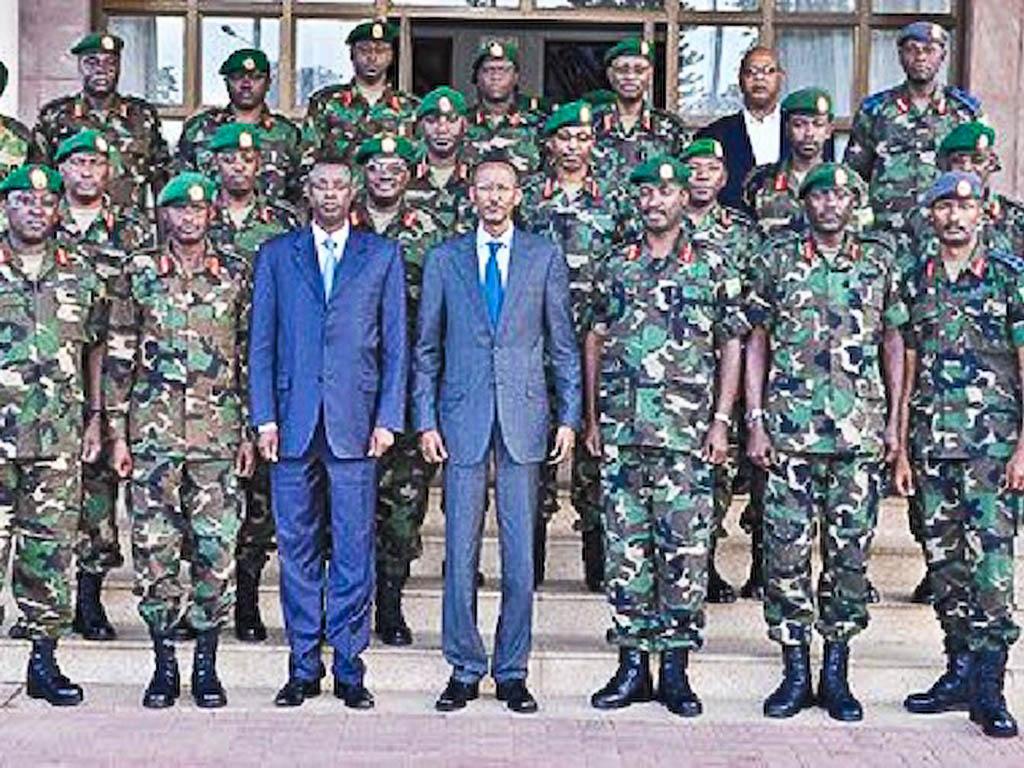
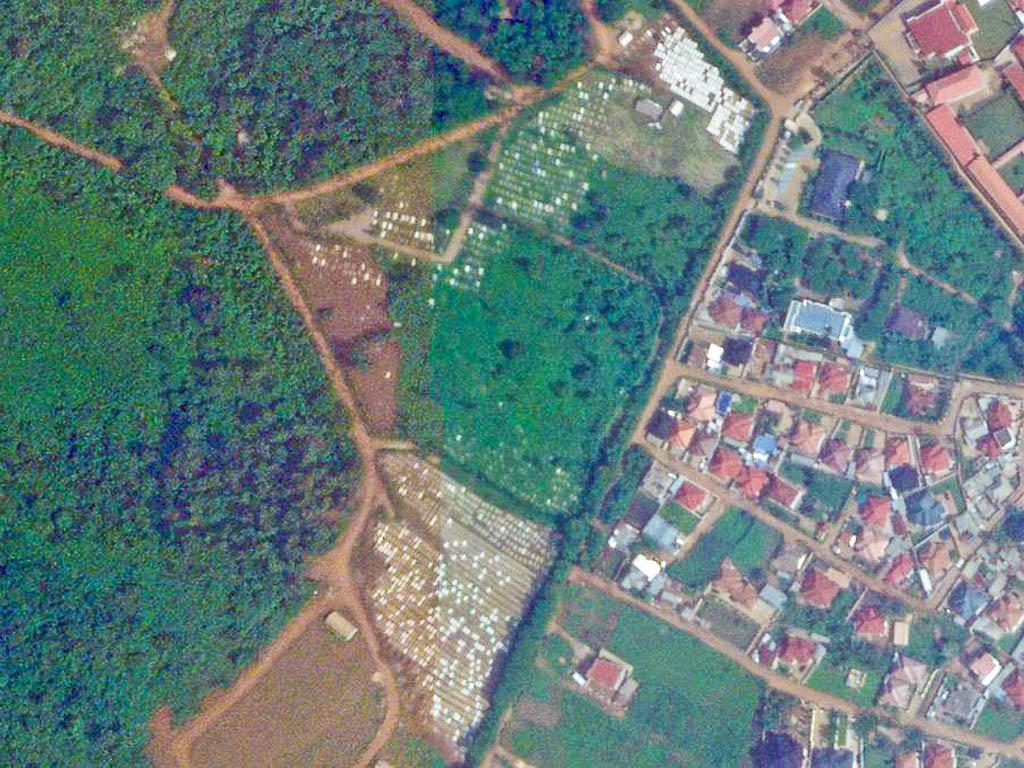

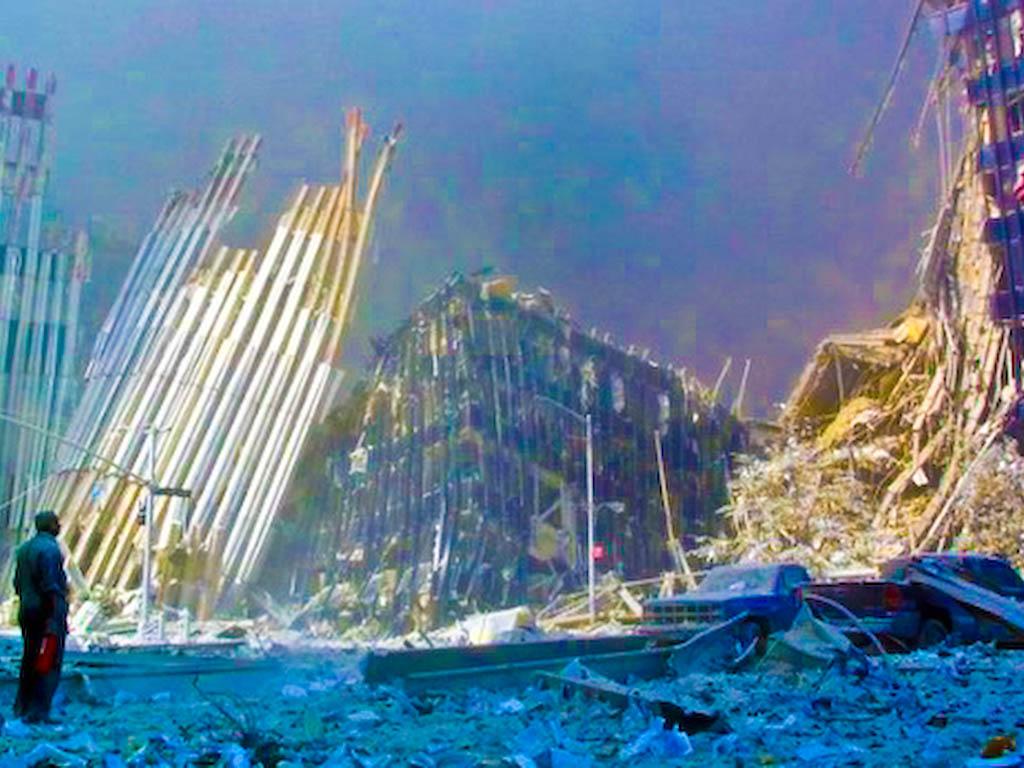

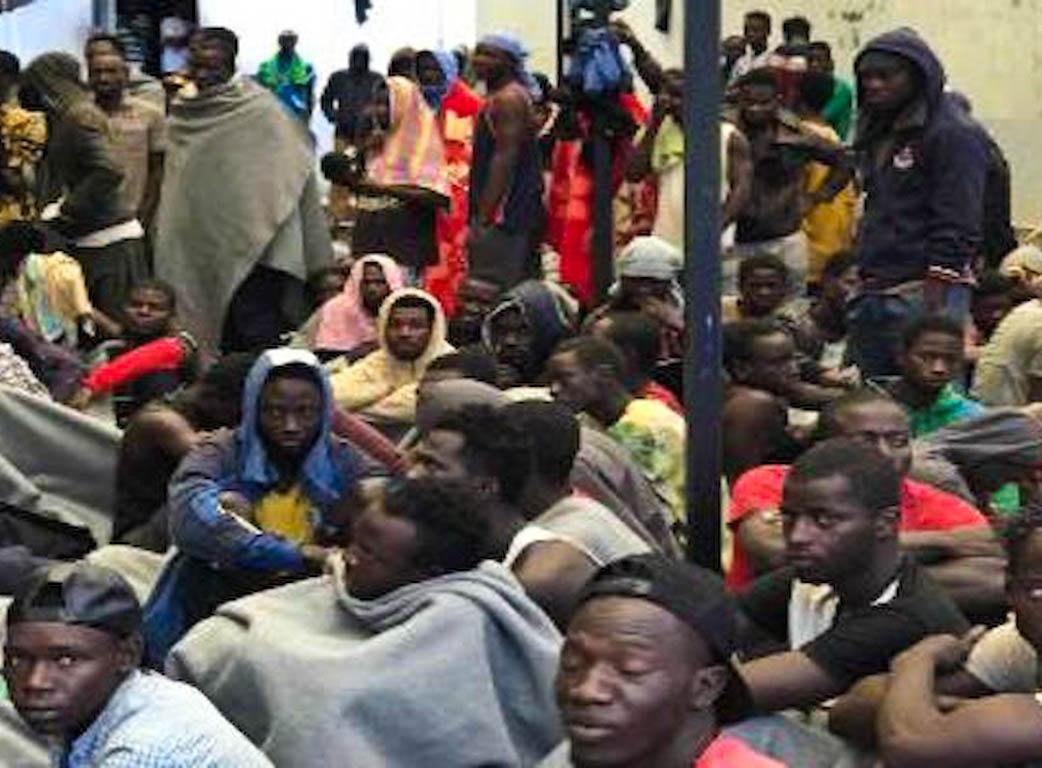
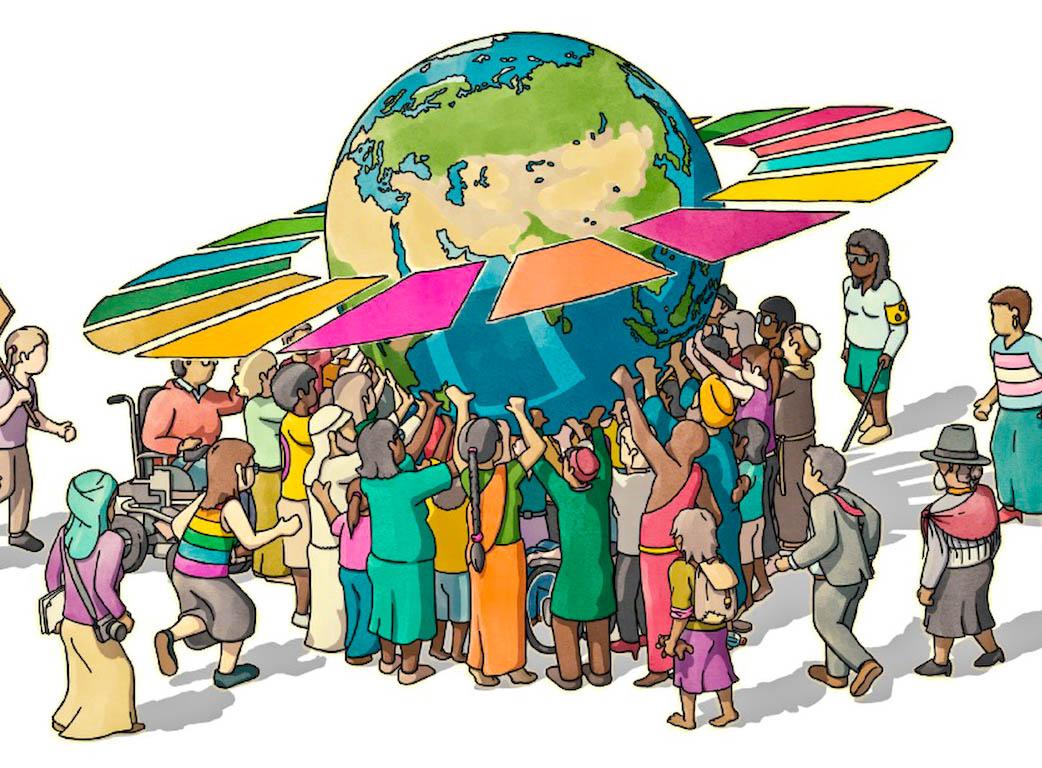
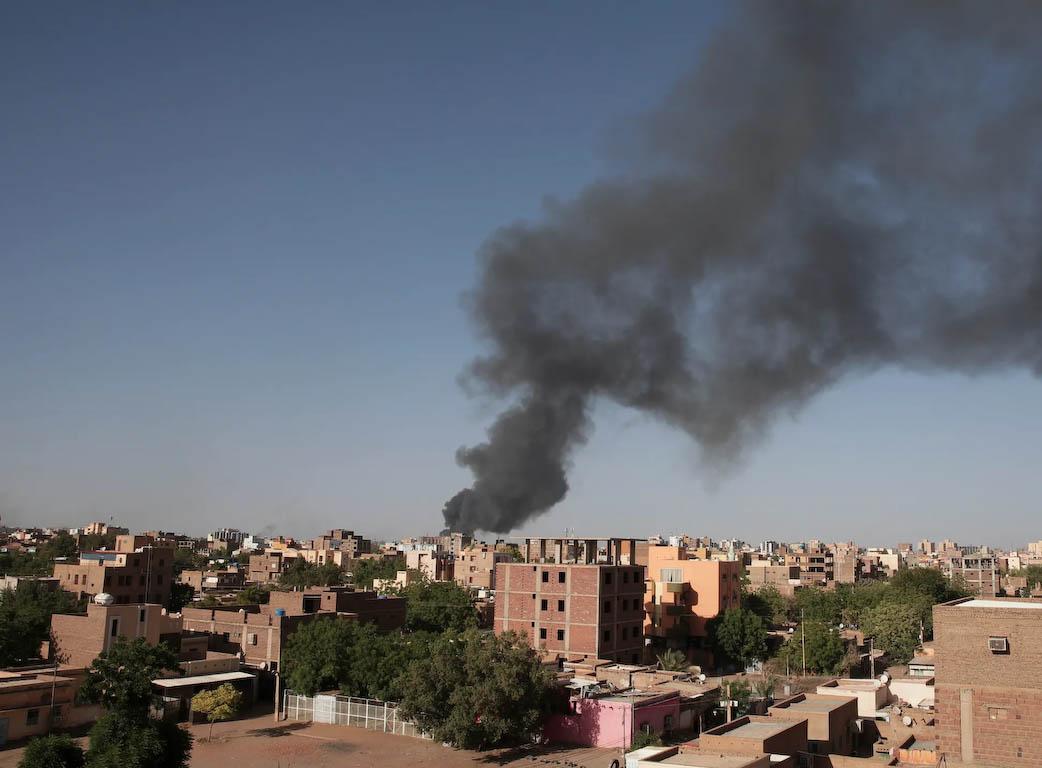
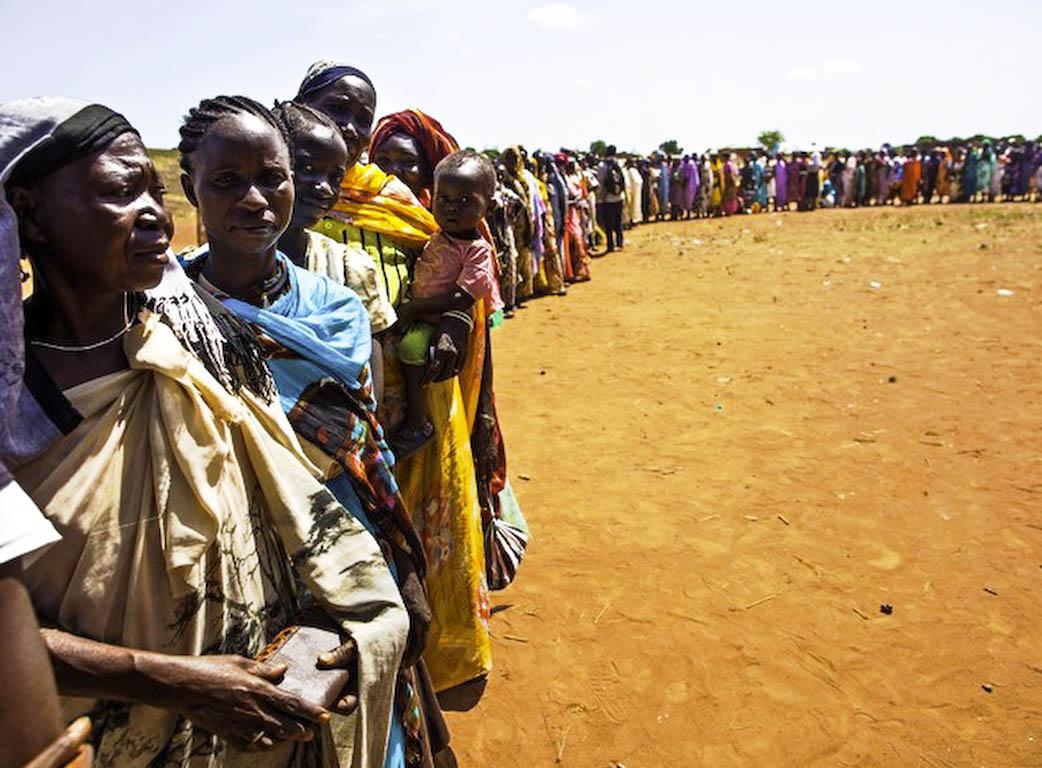






 EDitt | Web Agency
EDitt | Web Agency
Leave a comment